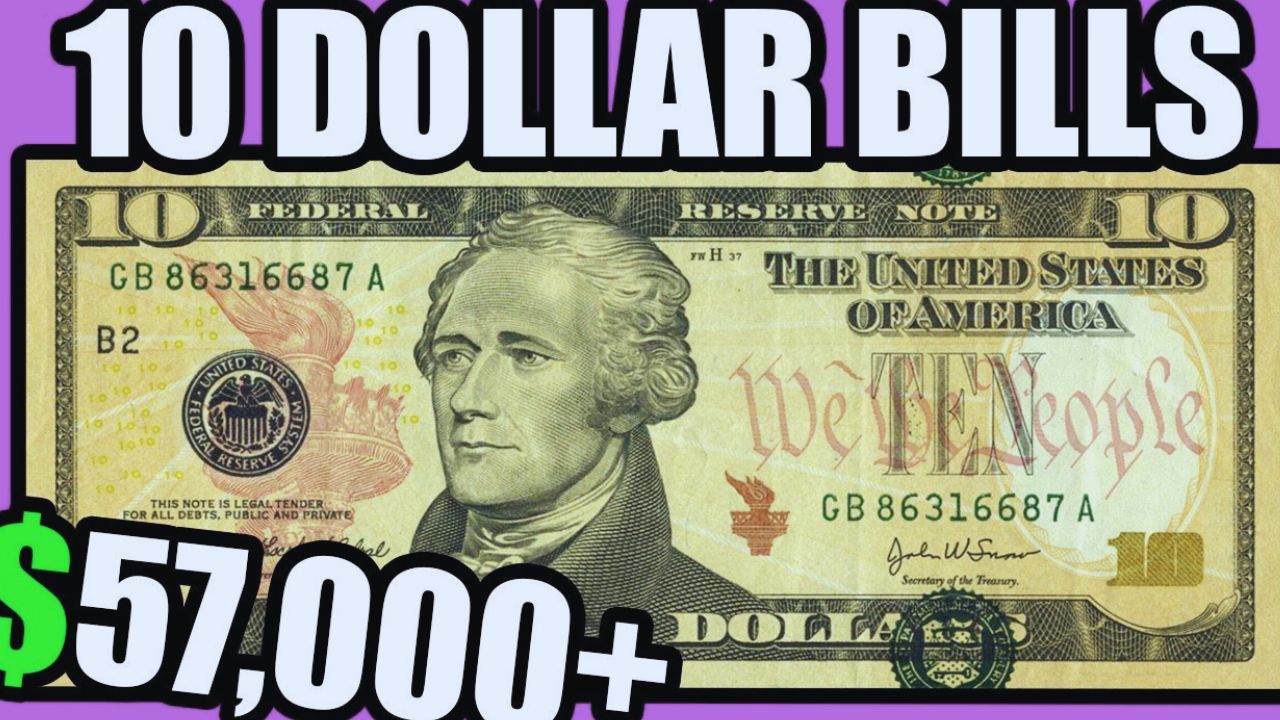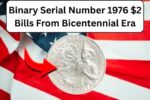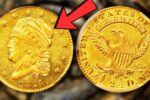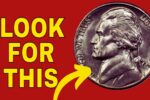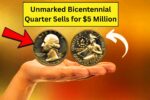A $10 Bill Worth a Fortune
Could a $10 bill in your wallet be worth hundreds of thousands? A rare $10 bill with a repeating serial number, like 121212121212, was recently valued at $410,000, thrilling coin and currency collectors. These bills, often from the 1960s to 1990s, look like regular money but have unique serial numbers that make them treasures. One lucky find in a cash register sparked a frenzy, and more could be hiding in your change or old envelopes. Let’s explore what makes these $10 bills so valuable and how to spot one.
Why Repeating Serial Numbers Are Special
The $10 bill, featuring Alexander Hamilton, has been printed for decades, but only a few have serial numbers with repeating patterns, called “repeaters.” These numbers, like 343434343434 or 565656565656, are rare because they happen by chance during printing. Collectors prize them for their uniqueness, especially if the bill is in crisp, uncirculated condition. Bills with errors, like misaligned prints, or star notes, marked with a star in the serial number, can also boost value. The $410,000 bill was a 1969-C series repeater in near-perfect shape, graded Gem Unc-65 by PMG.
How to Spot a Valuable $10 Bill
Here’s what to check for on a $10 bill:
- Serial Number: Look for repeating patterns, like 454545454545 or 787878787878.
- Condition: Bills with no folds, tears, or stains are worth more.
- Series Year: Check the year, especially 1960s to 1990s, like 1969-C or 1985.
- Star Note: A star in the serial number means it’s a rare replacement bill.
- Errors: Use a magnifying glass to spot off-center prints or other mistakes.
| Feature | Description | Estimated Value |
|---|---|---|
| Repeater Serial | Repeating numbers | $5,000-$410,000 |
| 1969-C Star Note | Star in serial | $500-$10,000 |
| Factor | Value Boost |
|---|---|
| Uncirculated (Gem Unc-65) | 5x-20x regular value |
| Printing Error | $1,000-$50,000 extra |
Where to Find These Bills
Since $10 bills are still used as regular money, these rare repeaters could be anywhere: in your wallet, change from a store, or an old family collection. The $410,000 bill was found in a grocery store cash register, mistaken for ordinary cash. Check bank cash withdrawals, flea markets, or estate sales for old bills. Don’t clean or press a bill, as this can lower its value. Take it to a currency dealer or grading service like PMG or PCGS Currency for authentication. Online sites like eBay or Stack’s Bowers Auctions show what similar bills sell for, but fakes are common, so be careful.
Tips for Selling
If you find a repeater $10 bill, get it appraised by a professional. The 1969-C repeater was certified by PMG, which confirmed its condition and authenticity, leading to its $410,000 valuation at a private auction. Research recent sales to know your bill’s worth, and work with trusted dealers or auction houses to avoid scams. Selling a high-value bill takes time, so be patient for the right buyer. This find has collectors and everyday folks checking their cash, hoping for a big score.
The Thrill of the Hunt
The idea of a $10 bill worth $410,000 is exciting, and repeater serial numbers make collecting fun and modern. These bills are pieces of history, tied to eras like the 1960s or 1980s economy. While a $410,000 price is rare, even less perfect repeaters can sell for thousands. Whether you’re a collector or just curious, check your $10 bills closely. That Hamilton note in your pocket could be worth way more than ten bucks.
